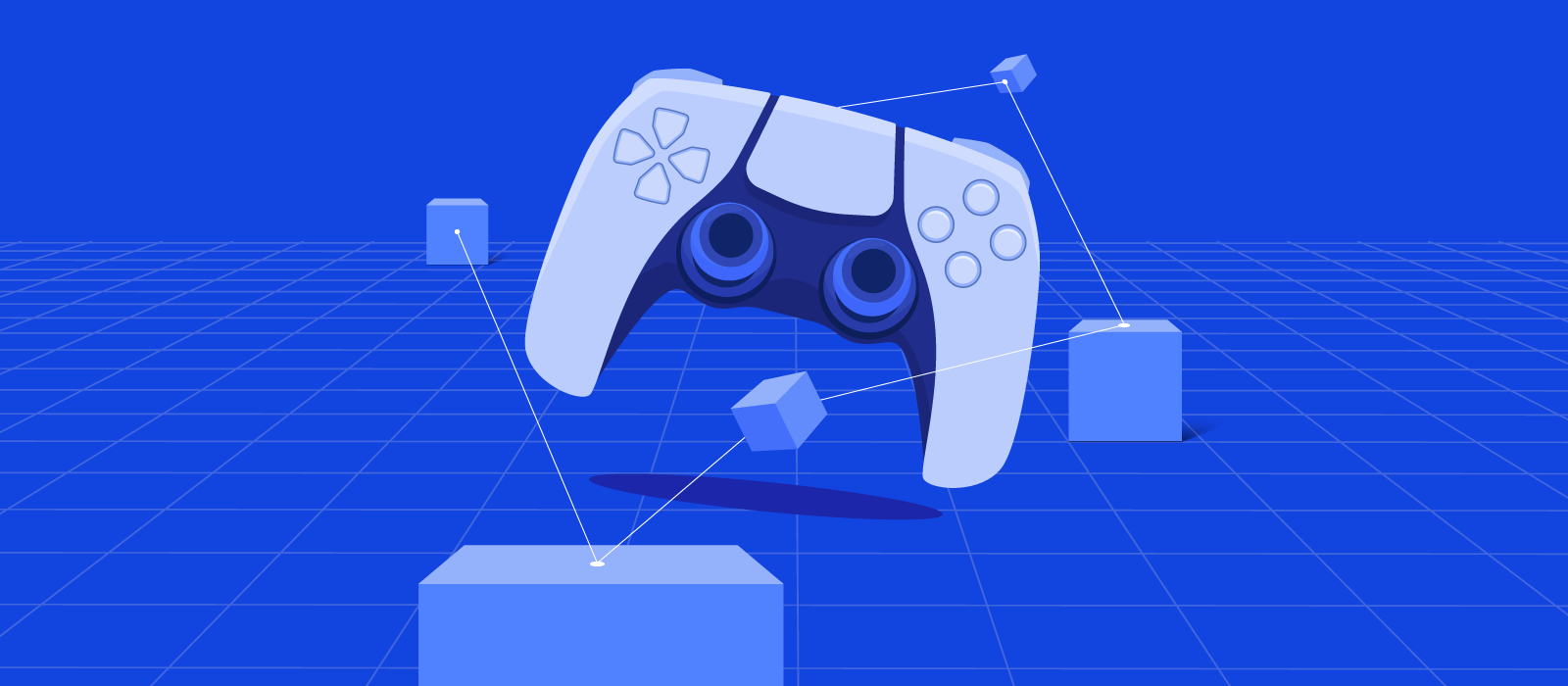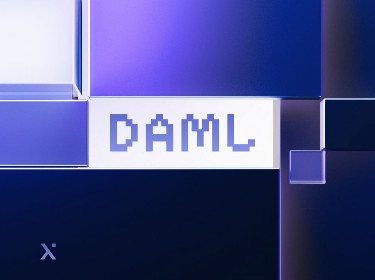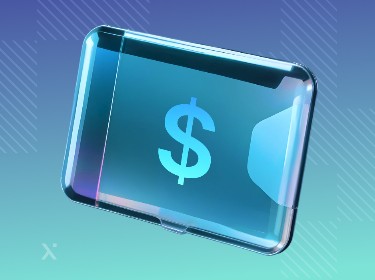Seems the gaming industry has never seen a lack of users or even a lot of churn. However, with blockchain integration, both players and creators unlock new avenues for engagement and innovation.
Per DappRadar’s report, the third quarter of 2023 witnessed an average of 786,766 daily unique active wallets in blockchain gaming.
Additionally, Web3 gaming initiatives garnered $600 million in Q3 2023, elevating the year’s total investments to $2.3 billion. This clearly shows that industry stakeholders recognize significant potential in this space.
Read on to discover the blockchain gaming trends, limitations, and real-life examples.
Find more about the biggest tech trends that are shaping the gaming industry today
Key features and benefits of blockchain in gaming
![]()
Typically, games are centralized systems. You know the phrase, what happens in Vegas stays in Vegas. Things here work in the same way: all assets, history, data, and game currency never leave the original game. Accordingly, all property rights remain with the developers.
Blockchain, in its turn, brings decentralization, especially when it comes to asset exchange. In decentralized games, items won or bought in one game can be sold and used in another. Meanwhile, the player will be the real owner and can even make a profit by reselling an item.
The ownership is enabled through smart contracts. When a certain predefined condition is met such as purchasing the asset or completing goals, ownership of the digital asset is automatically passed to the player.
Blockchain also facilitates immutable transactions. For gamers, this means that their purchases and asset ownership data cannot be altered, replaced, or deleted.
Another blockchain advantage, and at the same time something that modern games lack, is transparency. To successfully complete missions, gamers need to buy various kinds of resources, such as equipment, cars, swords, and tanks. Many items are declared as rare and cost quite a lot. But how to check the rarity of an item and make sure it’s really worth the big bucks? In this aspect, blockchain is one step ahead of the competition.
Blockchain tokenizes gaming assets and allows the creation of decentralized markets. Since the ledger is open to everyone, information about a particular item and the process of buying and selling can be tracked. Thus, the transparency provided by blockchain increases gamers’ trust and helps them to make sure that they own an original and rare item.
Last but not least — increased security of data and payments. This is provided through robust and complex cryptography, smart contracts, and blockchain technology itself.
Blockchain-driven trends in gaming
Several major trends in the gaming industry have become technically possible only through the introduction of blockchain. These are asset tokenization, NFTs, and the play-to-earn model.
Tokenization
Blockchain technology has given rise to asset tokenization services. Asset tokenization means that any digital or even physical asset can be converted into tokens and then sold on marketplaces.
In gaming, assets like skins, coins, diamonds, weapons, tools, and even characters can be put up for sale as tokens. Gamers who buy them will become the owners of the items, and any sale and transfer of ownership will be recorded and securely stored on the blockchain. In addition to that, any gamer can track digital asset usage and check its authenticity.
NFTs and digital collectibles
NFT development has caught the attention of many organizations. Gamers can buy, sell, and collect them, however, unlike traditional in-game purchases, these cannot be replicated or interchanged, as each token holds distinctive information and ownership records on the blockchain.
Some of the most popular NFT-based games include The Sandbox, Alien Worlds, and CryptoBlades.
Play-to-earn games
Play-to-earn (P2E) games allow players to earn money or crypto by playing. This model benefits players by providing financial incentives, promoting digital ownership, and democratizing game monetization.
Decentraland, Tamadoge, Pikamoon, and Meme Kombat are examples of games, offering unique ways to profit from gaming activities.
Case study: Train to earn with FitnessChain, a sports application that helps you stay motivated
Blockchain gaming limitations
Blockchain and cryptocurrencies have been hot topics for years. There are numerous successful pilots, implemented projects, and use cases. But what is holding back the mass adoption of blockchain in games? Well, there are several factors.
- Complexity for users. To start playing, in most crypto games you need to create an account — this is the easy part. Next, you should set up a cryptocurrency wallet, specific to the game’s blockchain, and acquire the corresponding cryptocurrency. For instance, games on Ethereum require ETH, while those on Binance Smart Chain necessitate BNB. Remember, purchasing crypto also incurs transaction fees.
- Regulatory uncertainty. Varying regulations on cryptocurrency across jurisdictions can complicate blockchain integration services implementation in games, affecting how tokens are used or traded.
- Scalability issues. Current blockchain solutions may struggle with high transaction volumes, slowing down game performance and affecting user experience.
- Market volatility. The unstable nature of cryptocurrency markets might impact the in-game economy, creating unpredictability for both players and developers.
Monetization strategies in blockchain gaming
Monetization strategies in crypto gaming leverage the unique aspects of blockchain technology to generate revenue. Here are several key strategies:
1. Token sales. Games issue their native tokens or cryptocurrencies, which players can buy to use within the game for various purposes, such as buying in-game assets or paying for premium features. These tokens can potentially appreciate in value.
2. Selling in-game assets. Developers can create and sell unique in-game assets as NFTs. Players can buy, sell, or trade these assets, often at a profit, and developers can earn a commission on the marketplace transactions.
3. Play-to-earn model. Players earn rewards or in-game items by playing, for example, by completing specific tasks, winning in battles, etc.
4. Subscriptions. Your game can offer premium subscriptions where players pay a recurring fee, often in the game’s native token, for exclusive content, features, or bonuses.
5. Transaction fees. For games with a robust in-game economy, small transaction fees can generate substantial revenue due to the high volume of player trades and sales.
How to build a blockchain-based game
![]()
Typically, there are 5 key steps involved in the development of blockchain-based games. Let’s explore each.
1. Determine the specific needs blockchain technology addresses in your game
You need to study how blockchain works and find out what its pros and cons are, as well as understand how decentralization changes gamers’ experiences. Also, get a grasp of blockchain consensus mechanisms, hash functions, and cryptography.
2. Study existing blockchain platforms and choose the most suitable one
Most crypto games are built on the Ethereum blockchain. Apart from reading the documentation for this platform, it is also highly recommended that you do some research on how successfully other games are running on this blockchain.
But in addition, it’s worth considering other blockchain platforms such as Solana, Echo, Cardano, Polkadot, and Polygon. Perhaps one of them will be a perfect fit for your future game.
Explore the primary differences between Solana, Cardano, and Polkadot
3. Learn data structures, databases, and programming languages
Programming languages such as C++, Python, and JavaScript are familiar to many developers, but Solidity and Cadence — languages created specifically for blockchain — might be something new. When it comes to databases, be sure to dive deeper into how BigchainDB, MongoDB, LevelDB, and CouchDB work.
4. Hone your skills in smart contract development
An expert smart contract development company can help you build a functional blockchain application. It is crucial to understand the concept of smart contracts and know how to code, test and deploy them, so if your in-house team is not equipped with the specialists in this area, you can always get help from outside.
5. Know how to provide users with a highly secure gaming platform
Although blockchain offers increased security, there is still no technology that’s 100% unhackable. So, blockchain game developers need to do their best to create a truly hack-resistant environment. This includes evaluating potential threats such as theft of private keys, code exploitation, and unauthorized changes to blocks, and completely eliminating these risks.
Developers also need to look into the security of endpoints for transactions, such as wallets and payment platforms. Even if the blockchain itself is flawlessly secure, a vulnerable wallet can create big problems for both game companies and players. This makes crypto wallet development a critical aspect, as robust security measures must be implemented to protect users’ assets. By prioritizing secure wallet infrastructure, developers can enhance trust and safeguard against potential breaches.
What blockchain games are already on the market?
More and more gaming companies are deciding to merge games and crypto. Let’s see what’s actually coming out of this combination.
Decentraland
Decentraland is the fastest-growing blockchain-based virtual world. It’s a virtual reality platform powered by the Ethereum blockchain that allows users to create, experience, and monetize content and applications. Gamers can create an avatar, explore and trade land parcels, go to virtual concerts and galleries, and literally live inside the game.
Age of Rust
Age of Rust is a dark sci-fi adventure game powered by the Enjin blockchain. The game offers stealth mechanics, NPCs, AAA graphics, and the opportunity to hunt for 20 Bitcoins — the top prize of the entire game. But winning this crypto money is not gonna be easy. In total, 3 seasons of this game are planned, with the first one including about 40 hours of gameplay. It can take a huge amount of time (possibly even years!) to receive the main reward.
Nine Chronicles
Nine Chronicles is a fully open-sourced RPG game that has its own main net powered by the player community. Gamers themselves really rule this game as they are the ones who choose how to play. The game is based on Scandinavian mythology, but your character is a cat. The blockchain community, like the real world, is obviously very fond of kittens.
REVV Racing
REVV Racing is a play-to-earn game running on the Polygon blockchain, a protocol for creating and connecting Ethereum-compatible blockchain networks. In REVV Racing, cars are NFTs and all game sessions and transactions are recorded on the blockchain. For players, this means they can enjoy a 3D racing game and at the same time have the ability to win, buy and truly own items such as cars, car parts, and trophies in the form of REVV tokens.
Star Atlas
Star Atlas is a high-fidelity, space-themed metaverse that merges a next-generation gaming experience with blockchain technology, creating an expansive virtual universe. The game leverages the play-to-earn model, enabling users to earn through activities such as mining, trading, and combat, while also actively participating in the game’s governance.
Looking to explore the metaverse and create new gaming experiences? See how our services can assist you
Closing thoughts
Blockchain has brought many innovations to the gaming industry: decentralization, a play-to-earn [crypto] model, NFTs, and real ownership of in-game items. While some of the hurdles will take time to overcome, the technology has the potential to grow and can carve out a niche in the gaming field.
If you don’t wish to be an ordinary NPC in the background of the gaming world, be sure to reach out to our dApp developers. They are 2 in 1 — professionals that know the blockchain development process back to front, and avid gamers who are constantly on the lookout for gaming trends. We will help you build a crypto game that future players will absolutely love!




